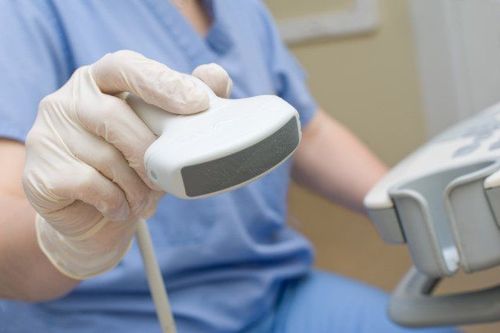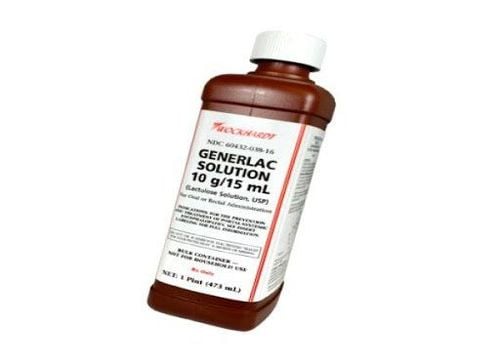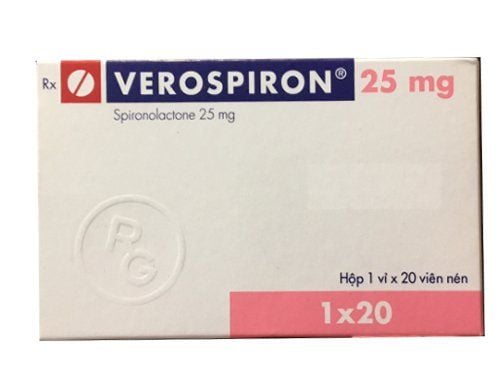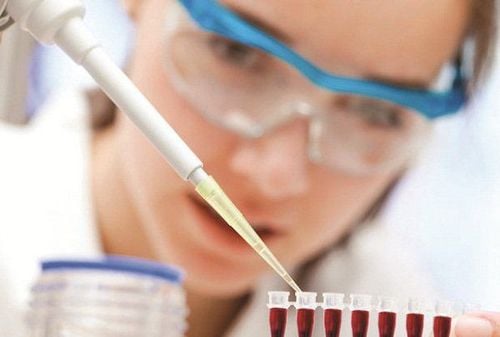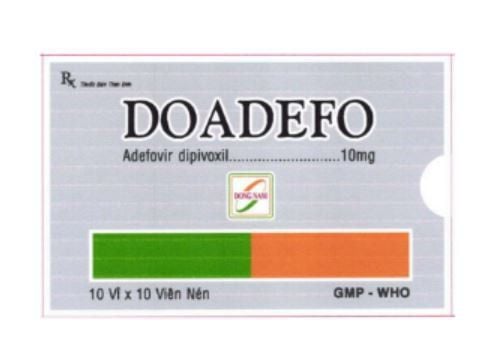This is an automatically translated article.
The article was professionally consulted by a Gastroenterologist, Department of Medical Examination & Internal Medicine - Vinmec Hai Phong International General Hospital.Decompensated cirrhosis is the later stage of cirrhosis, when the liver has been severely damaged. Treatment of decompensated cirrhosis aims to restore liver function, prevent complications and disease progression.
1. What is decompensated cirrhosis?
Cirrhosis is an irreversible chronic liver injury, caused by many causes, characterized on histopathology by diffuse fibrosis, reversal of hepatocyte structure, formation of structural nodules. unusual bamboo.
Cirrhosis is divided into 2 stages:
Latent stage (compensated). Advanced stage (decompensation). Decompensated cirrhosis is the later stage of cirrhosis (stages III and IV), so the disease is also known as late stage of cirrhosis or ascites. In the stage of decompensated cirrhosis, the liver is severely damaged, the fibrous tissue spreads to almost the entire liver, and normal cells cannot compensate for the damaged cells. Complete loss of liver function, risk of hepatic coma, liver failure and death.
2. Principles of treatment of decompensated cirrhosis
Restore liver function. Prevention of complications: Gastrointestinal bleeding, infection with ascites, liver pre-coma. Prevention of progression: Raised cirrhosis (according to Chid-Pugh), cancer.
3. Treatment of cirrhosis in the stage of decompensation
3.1. Specific drug treatment Coagulation disorders: Use vitamin K for 3 days, if the prombin ratio does not increase, then stop using. Transfuse fresh plasma if the patient is at risk of bleeding. Increased biliary excretion: Ursolvan, Cholestyramine (Questran) Infuse human albumin if serum albumin is low (Albumin < 25g/l) and there is edema or effusion of membranes. Infusion of branched amino acid solution: morihepamine, aminosteril N-hepa 500 ml/day Vitamin B group: Can be taken orally or injected. Diuretics: If the patient has edema or ascites, start with spironolactone 100mg/day gradually increasing. May be combined with furosemide initial dose 40mg/day. 3.2. Primary and secondary prevention of bleeding from esophageal varices and gastric varices: In the absence of gastrointestinal bleeding but with esophageal varices, nonselective beta-blockers may be used. filter like Propranolol. If the patient is at high risk, prophylactic esophageal variceal ligation may be considered.
3.3. Treatment of ascites
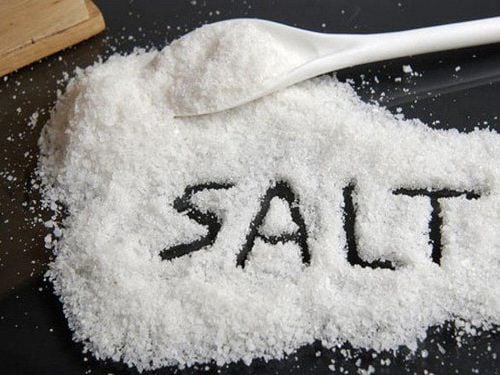
Bệnh nhân cổ trướng cần hạn chế lượng muối ăn vào hằng ngày
For mild and moderate ascites, use diuretics alone.
In case of a lot of ascites, causing the patient to be distended or having difficulty breathing, use diuretics and drain 2-3l of fluid every 2-3 days along with albumin infusion of 8-10g/l of ascites. go. For difficult-to-treat severe ascites (when high-dose diuretics such as spirolactone 400mg and furosemide 160mg/day are not responding): Perform ascites several times a week along with albumine 8g/l infusion. Ascites removed or TIPS or peritoneal shunt or liver transplant. In addition, it is necessary to pay attention to monitor electrolytes every 3-7 days for the patient, combined with the daily regimen: Limit daily salt intake to <2g/day (<22 mmol/day) Water restriction: < 1 liter/day Monitor weight and urine daily. 3.4. Treating the cause Treating the cause is the foundation for treating decompensated cirrhosis, slowing the progression of the disease, and improving the effectiveness of treatment.
Causes of alcohol: Absolutely do not drink alcohol. In patients with alcoholic decompensated cirrhosis, although difficult to achieve, abstinence remains the cornerstone of treatment, which slows disease progression and increases the likelihood of effective treatment, including liver transplantation. Cirrhosis caused by hepatitis B virus, hepatitis C virus: inhibiting the replication of hepatitis virus, treating viral hepatitis. Cirrhosis due to malnutrition: adjust diet, eat enough protein in every meal toxic chemicals
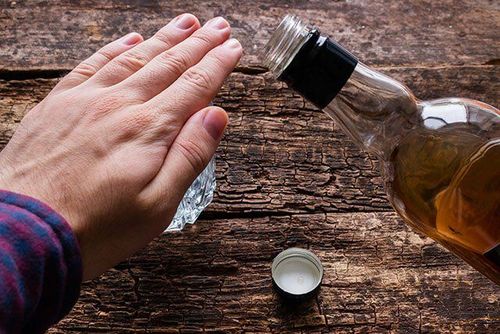
Bệnh nhân khi đã đến giai đoạn xơ gan mất bù phải kiêng rượu tuyệt đối
4. Mechanism in the treatment of vasodilatation
Peripheral vasodilatation was first hypothesized in 1988 and is considered as the underlying pathophysiology of many, although not all, complications of cirrhosis.
The mechanism of vasodilatation has been determined to be due to the aberrant synthesis of vasodilators in the endothelium. The underlying mechanism of vasodilatation in this case is bacterial translocation (the movement of bacteria and its products from the intestine to the mesenteric nodes and viscera outside the intestine). The three factors that cause bacterial translocation are: increased portal pressure, changes in the composition and number of intestinal microflora; weakening of the defense mechanism of the immune system in the intestinal wall and adjacent lymph nodes. 4.1. Reducing portal pressure with nonselective beta-blockers These drugs reduce portal pressure and are the mainstay of primary and secondary prevention of esophageal varices. and gastric varices.
4.2. Lowering portal pressure by trans-internal jugular intrahepatic portocentesis (TIPS) The most effective treatment to reduce portal pressure is TIPS placement. In addition to the hemodynamic consequences, there is ample evidence that the inflammatory response is reduced after TIPS placement.
The main current clinical indications for TIPS insertion are bleeding from esophageal varices and recurrent episodes (at least three recurrences in the past 12 months) or refractory ascites.
4.3. Vasodilation: Antibiotic-Based Interventions Unabsorbed or poorly absorbed antibiotics that alter the gut microbiota and have little systemic effect have been used for decades for primary and secondary prevention. for patients with decompensated cirrhosis with infection. Non-antibiotic-based interventions Several studies have now shown the efficacy of low-molecular-weight heparin treatment in the prevention of portal vein thrombosis in patients with cirrhosis.
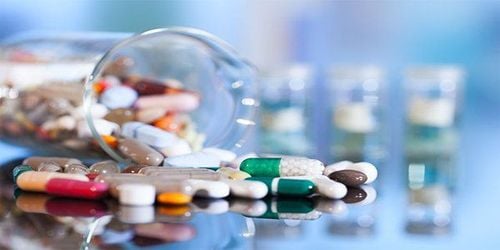
Kháng sinh làm giảm dịch chuyển vi khuẩn, giúp dự phòng tiên phát và thứ phát cho bệnh nhân xơ gan mất bù có nhiễm khuẩn
4.4. Treatment of varicose veins based on downstream mechanisms Affects downstream pathways of bacterial translocation, such as immune cell activation, proinflammatory cytokine release, and oxidative damage, including statins and albumin are important first agents for the extremely complex downstream mechanisms that are intertwined.
Statin drugs In addition to lipid-lowering effects, statins possess many properties such as: antioxidant, anti-fibrotic, anti-inflammatory and improve endothelial dysfunction.
Statins reduce portal pressure through improved vascular vasodilatation in the liver in relation to vascular endothelium.
Statins have a good effect on chronic liver diseases of different etiologies, reducing cirrhosis and liver cancer in patients with chronic liver disease and decompensation in patients with cirrhosis.
The effectiveness of statins is dose dependent, the most commonly used are atorvastain and fluvastain. Currently, there is also a new class of drugs called nitrostatins, which can overcome the risk of rhabdomyolysis of some of these statin drugs.
Human albumin With cirrhotic liver patients, blood albumin normally decreases.
Human albumin is currently used in complications of decompensated cirrhosis, such as the prevention of circulatory dysfunction due to peritoneal dialysis and renal dysfunction due to spontaneous infectious peritonitis.
Please dial HOTLINE for more information or register for an appointment HERE. Download MyVinmec app to make appointments faster and to manage your bookings easily.




